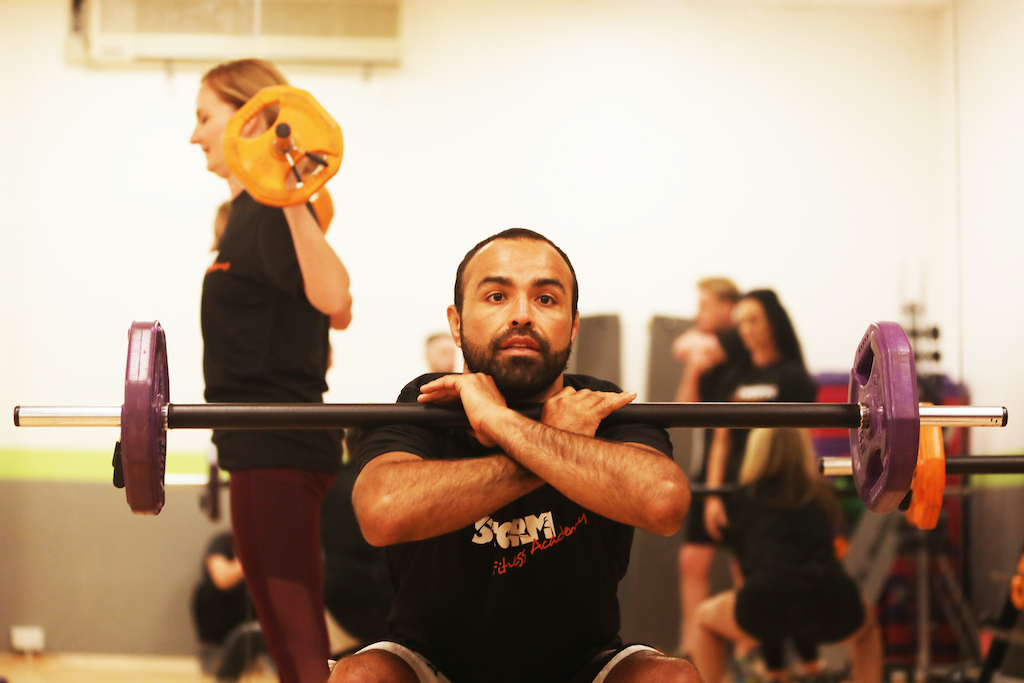GET IN TOUCH TODAY!
"*" indicates required fields

Now I’m no athlete but I do like training like one. If you also like unleashing your potential and seeing what your body is capable of then I recommend you ‘know your numbers’. Particular your 1 repetition max (1RM) numbers.
Your 1RM is the maximum weight you can lift for a given exercise for just one repetition. For example, you may have the following 1RMs for the following lifts:
I chose those lifts as an example as they are the three lifts that make up the sport of powerlifting, and powerlifting is all about your 1RMs.
You don’t need to know them but they can be very helpful. Imagine watching a game of football and nobody keeps the score. The game isn’t nearly as exciting without a scoreboard. Plus it isn’t easy to tell which team is better without a scoreboard. So finding out your 1RM’s is not only exciting but a great way to track progress in your strength. Also, once you know your 1RM’s it does make your resistance training programming a lot easier as you can plan in your sets and reps using percentages of your 1RM’s as a guide. The table below gives the rep, set and rest guidance for a given goal whether your goal is endurance, hypertrophy or strength. It also uses your 1RM’s to prescribe the load you will be lifting.
Remember those 1RM lifts from earlier?
Let’s use those 1RMs and the guidance above to calculate the load for a hypertrophy session.
| Exercise | 1RM | Calculation | Recommended reps, sets, load |
| Deadlift | 200kg | 200 x 0.67(67%) = 134
200 x 0.85(85%) = 170 |
6-12 reps x 3-6 sets of 134-170kg |
| Bench Press | 120kg | 120 x 0.67(67%) = 80
120 x 0.85(85%) = 102 |
6-12 reps x 3-6 sets of 80-102kg |
| Back squat | 160kg | 160 x 0.67(67%) = 107
160 x 0.85(85%) = 136 |
6-12 reps x 3-6 sets of 107-136kg |
Now if all that maths isn’t for you in the next article I will share with you a chart that you can use that will have all the numbers for you without needing to do any calculations.
If you are just starting out then carrying out a true one repetition max test may not be necessary and may pose a risk if you have not mastered the movement pattern for that lift yet. Once your technique is sound you may prefer to attempt a 5RM or even a 10RM, which you guessed it is the highest load you can lift for a given exercise 5 times or 10 times. Once you have those numbers we then estimate your 1RM using the chart I am going to share with you in the next article.
Stay strong 💪😉